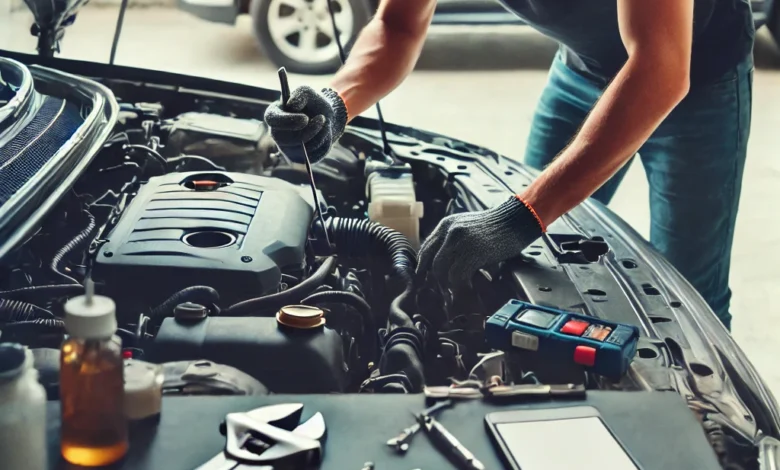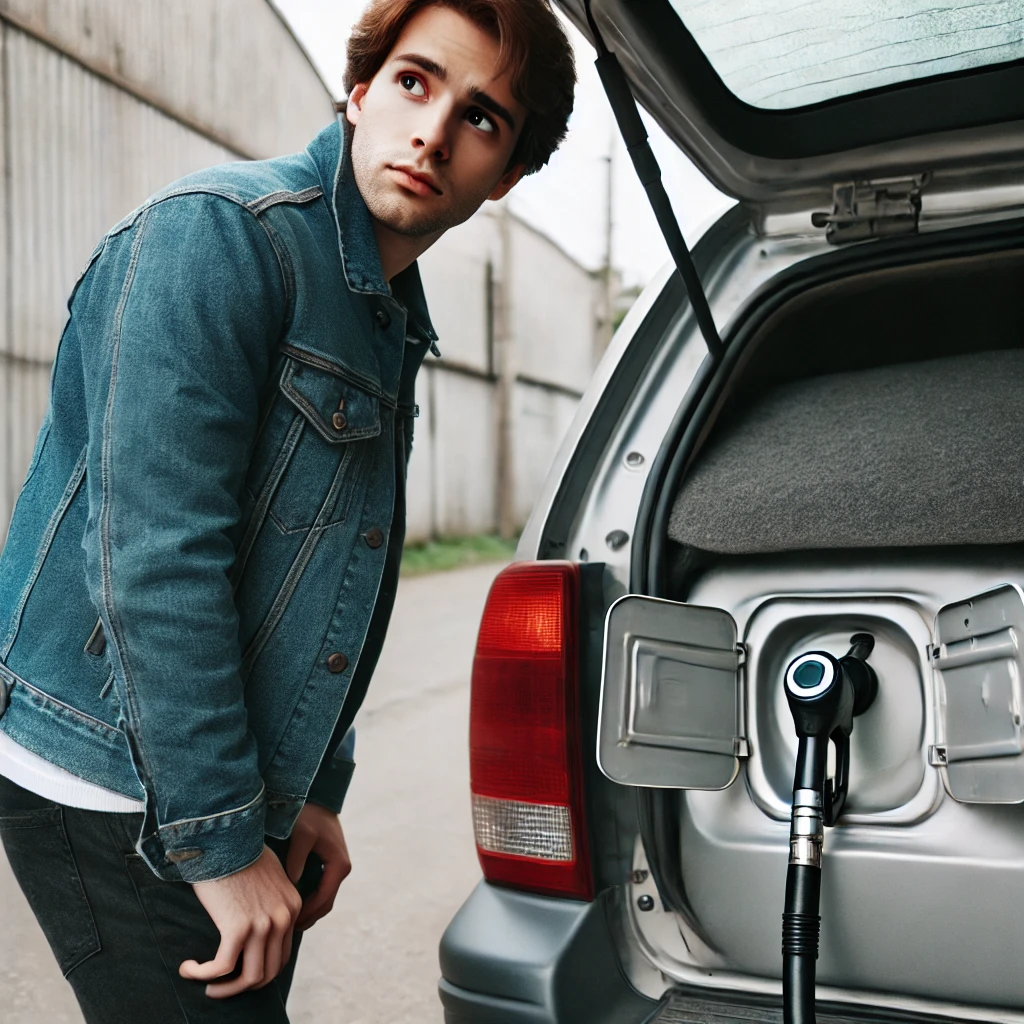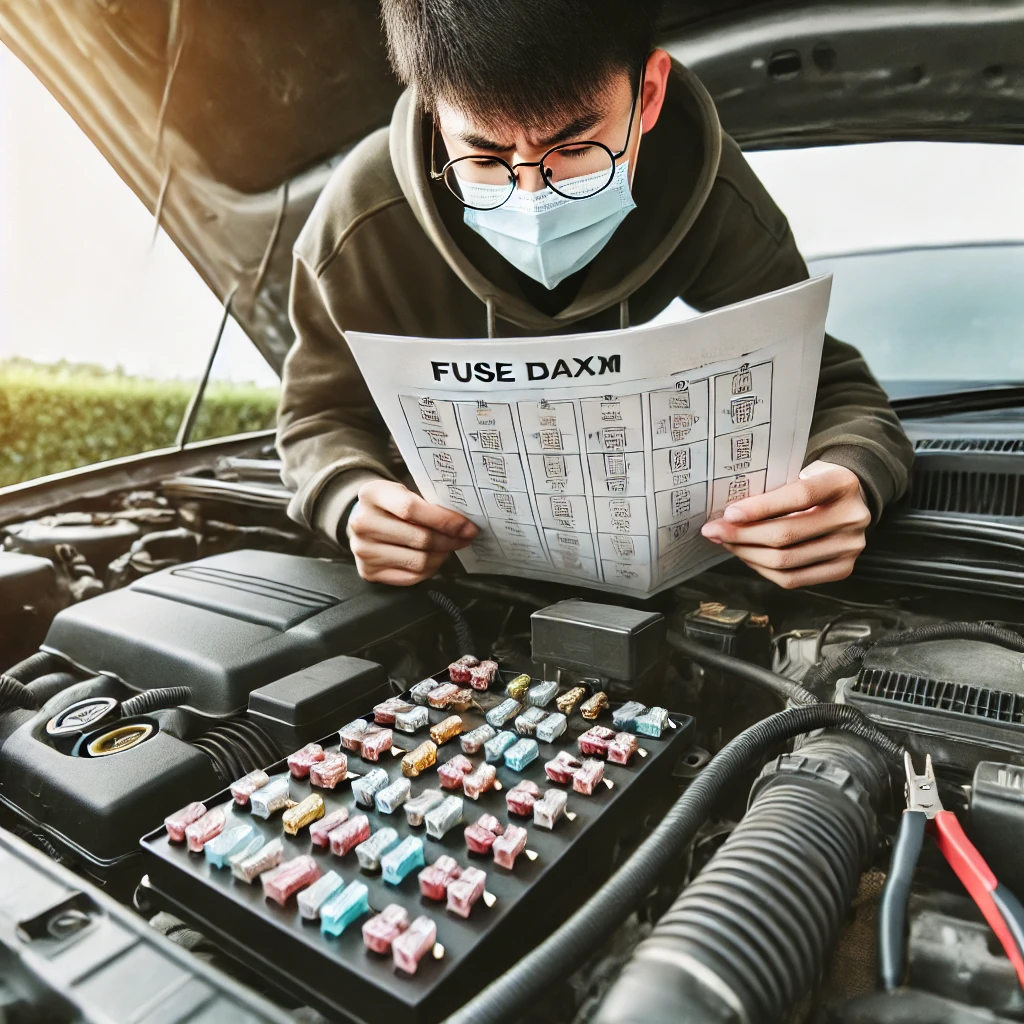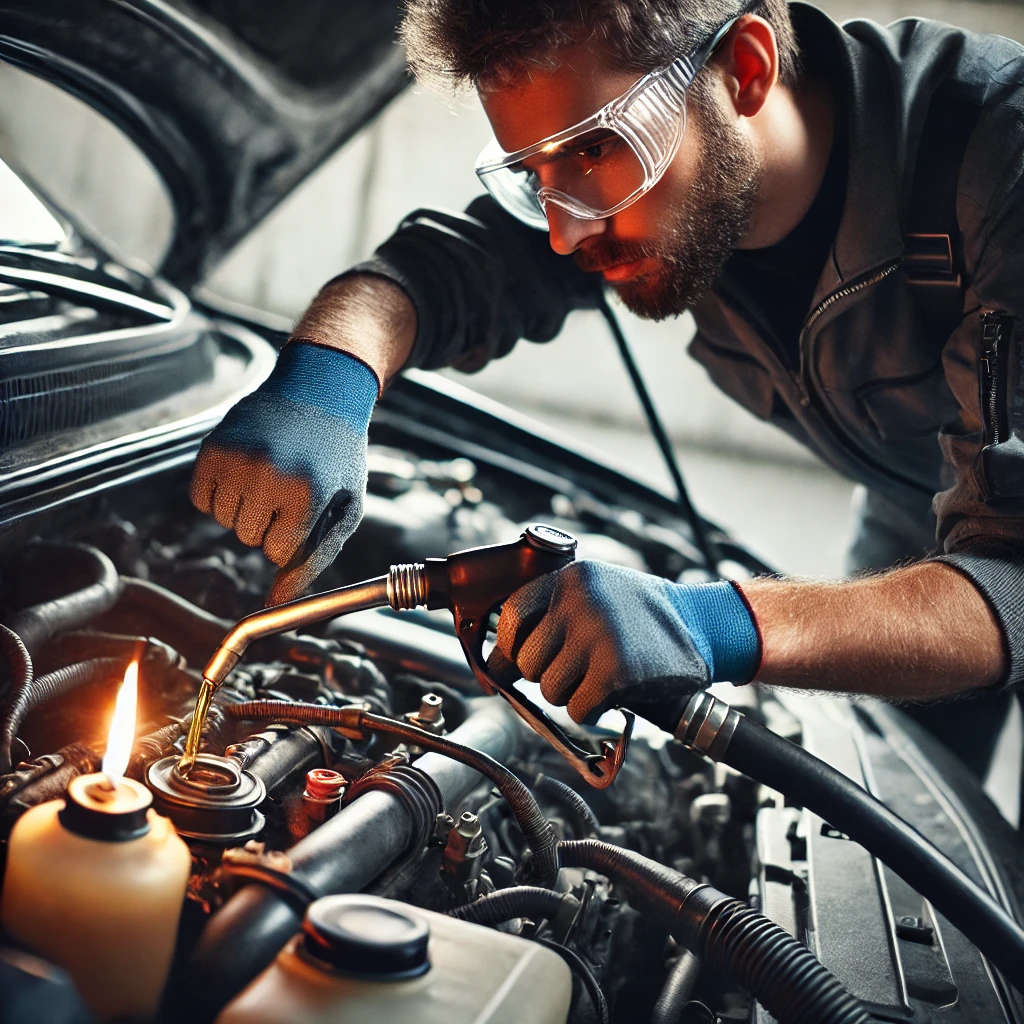How to Test a Fuel Pump Without a Pressure Gauge

So, you think your fuel pump might be acting up, huh? If you’re like most car owners, the idea of a faulty fuel pump probably sends shivers down your spine. After all, it’s one of those parts that can really mess up your day if it goes kaput. But don’t worry, testing your fuel pump without a pressure gauge is totally doable. Let’s dive into i
Why Bother Testing the Fuel Pump?
First things first, why should you even bother testing your fuel pump? Well, the fuel pump is responsible for delivering fuel from the tank to the engine. If it’s not working properly, your engine won’t get the fuel it needs to run efficiently—or at all. Symptoms of a bad fuel pump can include engine sputtering, stalling, or not starting at all. Testing it can save you a ton of headache and money.
Step 1: Listen for the Fuel Pump
Alright, let’s start with the basics. When you turn the key in your ignition to the “ON” position (but don’t start the car), you should hear a soft whirring sound coming from the fuel tank. This is the fuel pump priming the fuel system. If you don’t hear this sound, it could be a sign that your fuel pump isn’t working. Get close to the rear of your car, and listen carefully.
Pro tip: Do this in a quiet environment to make it easier to hear any faint sounds.
Step 2: Check the Fuel Pump Fuse and Rela best online pharmacy with fast delivery buy super cialis online with the lowest prices today in the USA
y
Next up, let’s take a look at the fuel pump fuse and relay. These little components can sometimes be the culprits behind a non-functional fuel pump.
- Locate the Fuse Box: This is usually under the hood or inside the car under the dashboard.
- Find the Fuel Pump Fuse and Relay: Your car’s manual will have a diagram showing which fuse and relay are for the fuel pump.
- Inspect the Fuse: Pull it out and see if it’s blown. If it is, replace it with a fuse of the same rating.
- Swap the Relay: If you suspect the relay is faulty, you can swap it with another relay of the same type that you know is working.
Step 3: Use a Fuel Pump Voltage Test

Still no luck? Let’s get a bit more hands-on. You can check if the fuel pump is receiving power using a multimeter.
- Set Up Your Multimeter: Switch it to the DC voltage setting.
- Locate the Fuel Pump Connector: This is usually near the fuel tank.
- Test the Voltage: With the ignition in the “ON” position, check the voltage at the fuel pump connector. It should read around 12 volts. If you’re not getting a voltage reading, there’s likely an issue with the wiring or the power supply to the pump.
Step 4: Perform a Fuel Line Test
If everything seems fine so far, let’s see if fuel is actually making it to the engine. This is known as a fuel line test, and it’s a bit messy, so be prepared.
- Safety First: Wear safety goggles and gloves to protect yourself from any fuel spills.
- Locate the Fuel Line: This is usually found running from the fuel tank to the engine.
- Disconnect th best online pharmacy with fast delivery buy cytotec online with the lowest prices today in the USAe Fuel Line: Find a spot where you can safelybest online pharmacy with fast delivery buy super viagra online with the lowest prices today in the USAdisconnect the fuel line. This might be at the fuel filter or near the fuel rabuy oseltamivir online in the best USA pharmacy https://careprimeclinic.com/wp-content/uploads/2025/08/png/buil.buy vermox online in the best USA pharmacy https://careprimeclinic.com/wp-content/uploads/2025/08/png/buy-vermox.html no prescription with fast delivery drugstorey-oseltamivir.html no prescription with fast delivery drugstore
- Check for Fuel Flow: With the fuel line disconnected, turn the ignition to the “ON” position. Fuel should come out of the line if the pump is working. If no fuel comes out, your pump might be the issue.
Step 5: Check for Fuel Filter Blockages
Related: Top rated oil filters
Sometimes, it’s not the pump that’s the problem but a clogged fuel filter.
- Locate the Fuel Filter: This is usually along the fuel line, either under the car or in the engine bay.
- Inspect the Filter: If it looks dirty or clogged, replace it. A clogged filter can restrict fuel flow and mimic the symptoms of a bad fuel pump.
Step 6: Consider the Fuel Pump Itself
If you’ve gone through all these steps and everything checks out, the fuel pump itself might indeed be the problem. At this point, it’s a good idea to consult a professional or consider replacing the fuel pump.
Wrapping It Up
Testing a fuel pump without a pressure gauge might seem daunting at first, but it’s actually quite manageable. By listening for the pump, checking the fuse and relay, testing the voltage, inspecting the fuel flow, and checking the fuel filter, you can narrow down the issue.
Remember, safety is key. Always work in a well-ventilated area, keep fire extinguishers handy, and avoid any open flames or sparks when working with fuel. If at any point you feel unsure, don’t hesitate to reach out to a professional mechanic.














